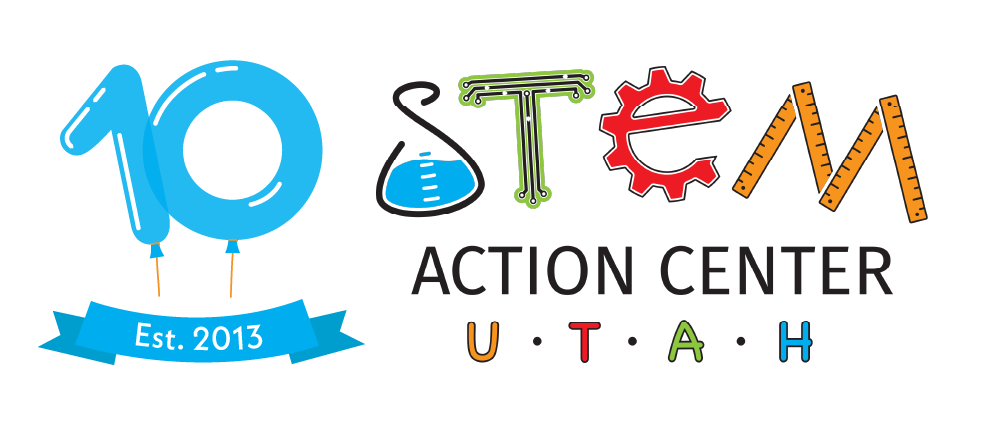This whole class project will take multiple days and can continue for the whole school year. The objective is for students to learn the benefits of alternative farming, while learning about structures and functions of plants and energy transfer. The classroom would need a hydroponics growing system that includes artificial grow lights, such as the Farmstand Nook, the Gardyn Home Kit, or any others that can be found.
Lesson Introduction:
To begin the lesson, have students work in teams of 3. Direct them to brainstorm issues that are affecting farming and food production. You could read “High-tech indoor farming is shaking up the agriculture” from NewsELA to discuss possible solutions to the issues. There are also many other texts available on the same subject. The class could also read about food waste and imperfect fruits and vegetables.
Building the System:
Explain to students that as adults, we read and follow directions to build something new. For example, furniture, fixing cars, etc. Make copies of the instruction manual to assemble the grow tower to distribute to groups. Divide class into the following groups:
1. Overall assembly
2. Lights
3. Water Pump
4. Checking for larvae on seedlings
5. Creating labels with plant names
You may want to choose 1 or 2 leaders to coordinate collaboration between groups. Have the groups read and highlight important information on the instruction manual. Provide time for students to assemble the grow tower, which can take a couple of hours. The next part of the activity involves setting up the automatic timers for lights and watering. In groups, provide the guidelines for watering and light. For example, 15 minutes on/30 minutes off. Have groups figure out a 24-hour schedule, meeting the requirements. Students will use time elapse and addition skills to solve this math task.
Observing the Plant Growth:
As the plant grows, explain evidence of energy transfers with the grow tower. Allow students to draw models of energy transferring. Also, discuss plant structures and its functions. How does the hydroponic tower support those structures? Compare and contrast it to traditional farming. Have students model the differences of the plant structure and functions with hydroponics versus plants in soil, outside.
Harvest Time:
In a couple of weeks, plants should be ready to harvest. Show students how to harvest leaves from the lettuce that will allow the plant to continue growing after harvesting. Teach students to rinse leaves in warm water for about 30 seconds, then transfer it to cold water and rinse for about 30 seconds. Divide the class into the following groups:
1. Harvesting
2. Warm water rinse
3. Cold water rinse
4. Cut and salad spinners
5. Order takers and chefs
The whole class can enjoy eating salads from plants that they planted and watched grow. The hydroponics tower can be used multiples times a year so it could be shared among classrooms year after year.

